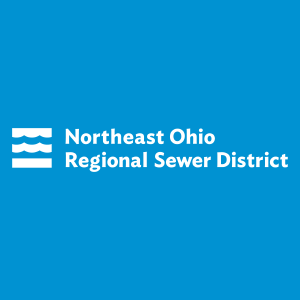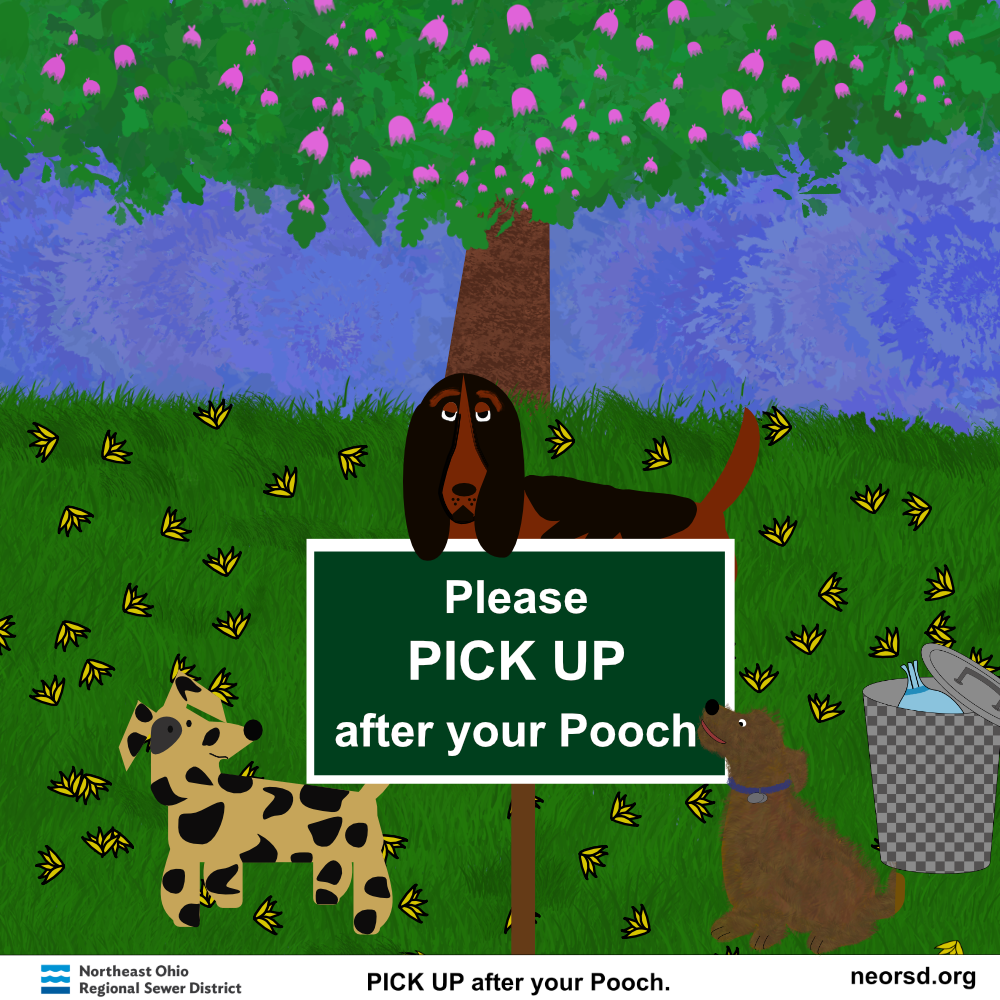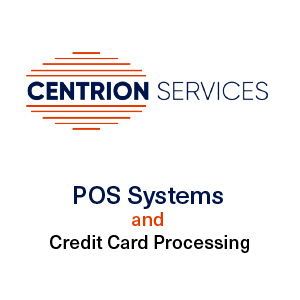Learning is no longer limited to traditional classrooms. As technology evolves, learning spaces must adapt to support all learners.
Creating a positive learning environment requires ongoing reflection and adjustment to meet students’ diverse needs. Each student is unique. Physical, social, and emotional surroundings affect how well they learn. A holistic approach—including classroom management—considers every aspect. From layout to relationships, each part shapes a positive learning space.
Connection among students is key to mental health and academic success. Safety and support encourage active participation. Mutual respect between teachers and students builds positive relationships. These help promote engagement, good behavior, and student well-being. Strong school communities provide rich learning experiences and amplify student voices through activities and shared values.
Smarter learning environments blend quality teaching, supportive care, and modern tools. From early education to advanced tech, each element matters. Together, they shape effective instruction and lasting learning outcomes.
Early Foundations of Learning

Early education shapes brain growth and future success. In these years, children build skills they’ll use for life.
Structured early childhood programs, like those offered by Agape childcare Sengkang, support social, emotional, and academic growth. Problem-solving boosts critical thinking. Imaginative play encourages creativity and emotional development.
Group activities build teamwork and cooperation—skills needed later in school and life. Exposure to diverse cultures broadens empathy. High-quality early education improves future performance and strengthens social and economic outcomes, including effective group work.
Early education programs help children learn routines, developing essential skills for classroom environments and nurturing emotional intelligence crucial for forming healthy relationships and navigating social situations. These early foundations set the stage for strong academic pathways.
Building Strong Academic Pathways
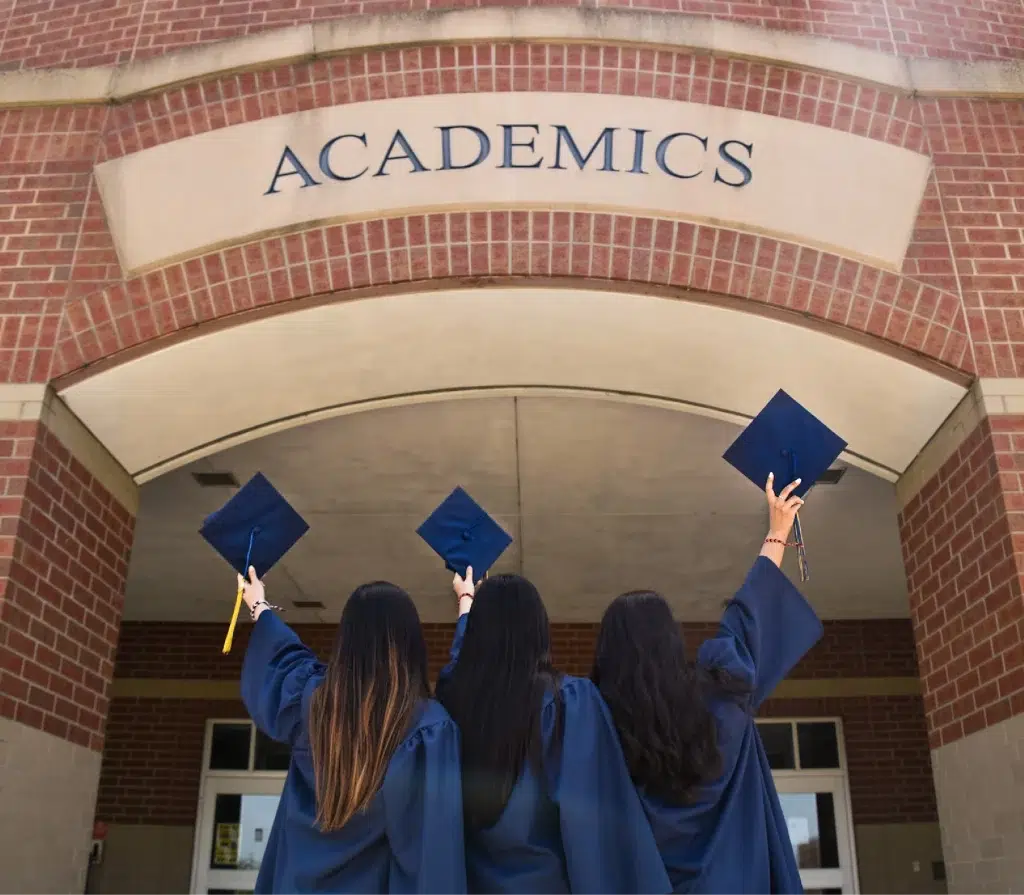
Quality education helps students prepare for the future. Academic pathways offer skills tied to real-world experiences.
Competency-based education connects learning to life. It improves engagement and prepares students for future work. Backward design helps teachers build lessons that meet academic and career goals.
Pathways shouldn’t divide college and careers. A flexible model supports both. Schools like Singapore international schools teach students to thrive globally, with empathy and awareness.
The Role of Technology in Modern Learning
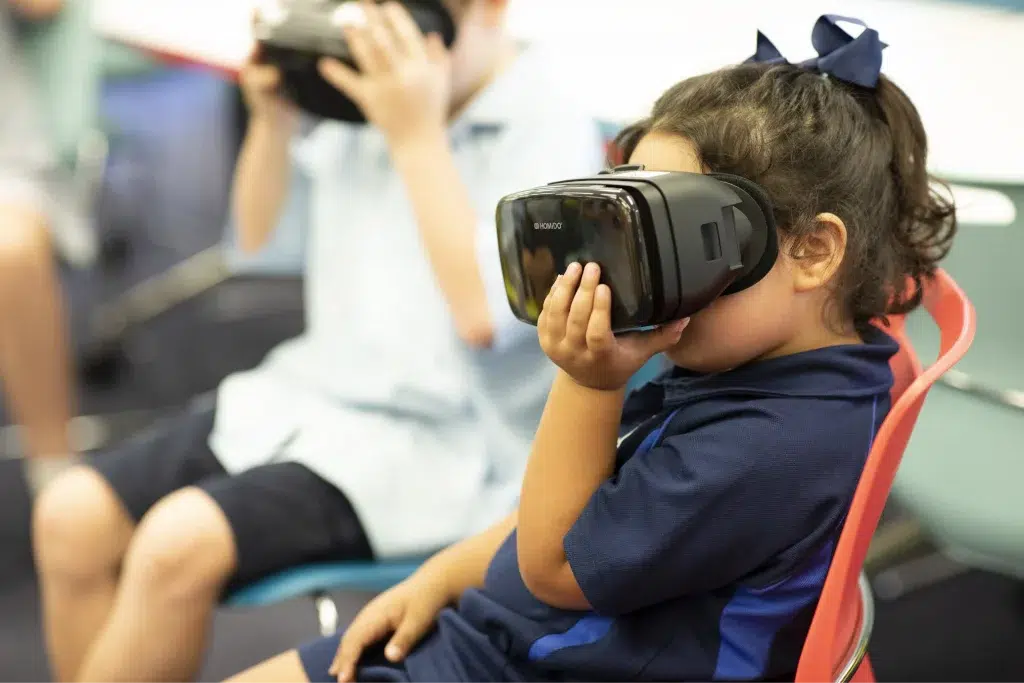
Technology is now essential in education. It changes how children and adults learn, making lessons more engaging and accessible.
Technology helps students work together and build knowledge. AI supports personalized learning. Gamification makes lessons more exciting and motivating.
Virtual classrooms remove location limits. Yet, teachers need training to use tools well. Assistive tech ensures students with disabilities can learn, too.
Advanced smartphones like the M1 iPhone 16 Pro Max serve as powerful learning aids and productivity boosters. These devices offer a range of features that enhance the learning experience, from high-resolution screens for reading and research to advanced apps for note-taking and organization.
Creating Environments That Foster Productivity
A productive environment supports both study and work. Ergonomic tools and high-quality tech improve focus and efficiency.
Learning is shaped by mental, social, cultural, and physical surroundings. Good spaces build motivation, success, and emotional well-being.
Relationships matter. Small groups help students feel seen. Lack of connection hurts engagement—especially where rules are unclear.High-performance peripherals, like those offered by Razer can enhance focus and efficiency in digital learning and professional tasks. These tools are designed to provide a focused and comfortable user experience, allowing students and professionals to work more effectively.
The Global Impact on Learning Opportunities
Globalization boosts learning by sharing tools and knowledge. International logistics services provided by companies like DHL help deliver resources to students everywhere.
Education creates jobs, reduces poverty, improves health, and supports equality. Yet, many children remain out of school. In sub-Saharan Africa, most ten-year-olds can’t read basic text.
COVID-19 deepened the learning crisis. Children may lose $21 trillion in future income. Lifelong learning keeps workers ready for change. The World Bank invests billions in education access and quality.
Early childhood investments pay off the most. They build literacy and math skills needed for lifelong success. Nations should fund education tech to support progress.
Summary
Smarter learning combines early education, strong academic paths, technology, and global tools. Together, they help students succeed.
Using all these strategies builds spaces where students grow, focus, and thrive. Education must continually evolve to meet the needs of every learner.
Frequently Asked Questions
Why are early childhood education programs important?
They shape brain growth and build key life skills. These programs prepare kids for future learning and life challenges.
How does technology enhance learning in modern classrooms?
It creates interactive, personal learning and removes location limits—making education more flexible and inclusive.
What role do community stakeholders play in academic pathways?
They share diverse views and help build systems that support students’ success through better resources and planning.
How does globalization impact learning opportunities?
It connects learners to global ideas, tools, and people—expanding access and deepening knowledge.
What is the potential of AI in education?
AI improves learning by tailoring lessons, tracking growth, and helping schools manage resources more effectively.




